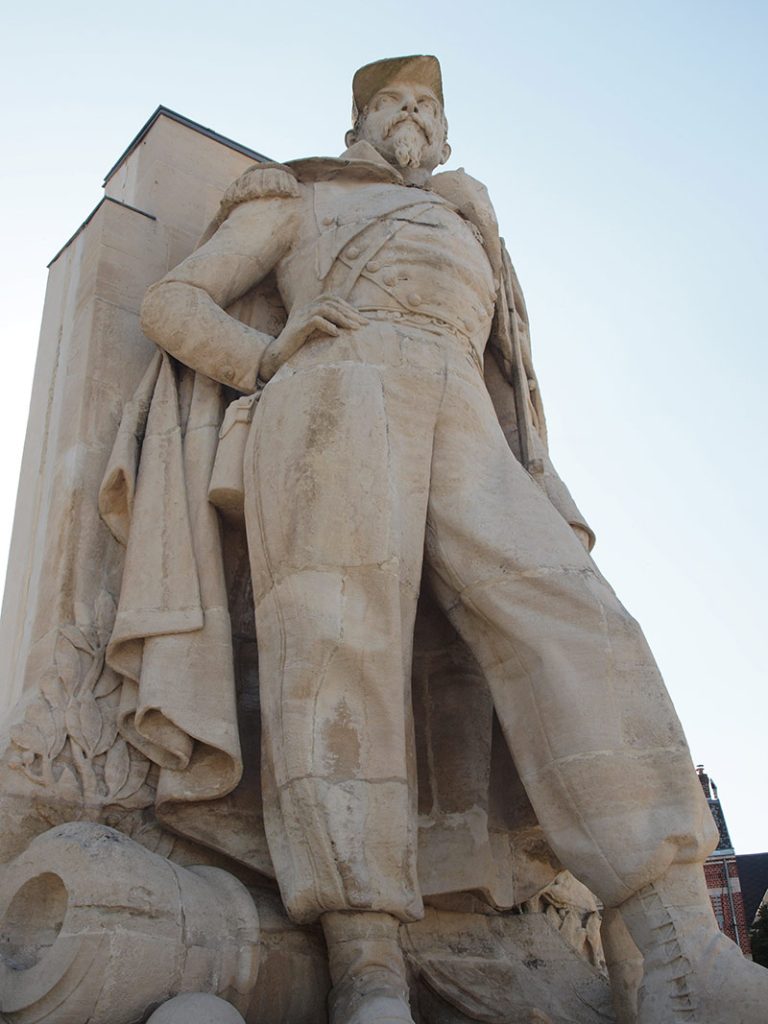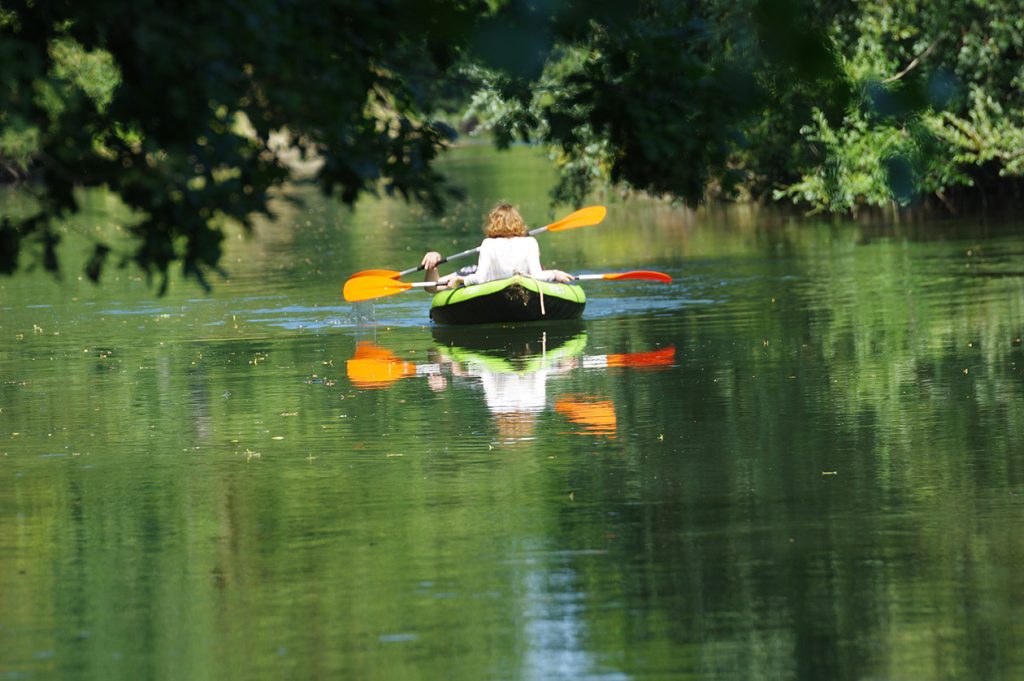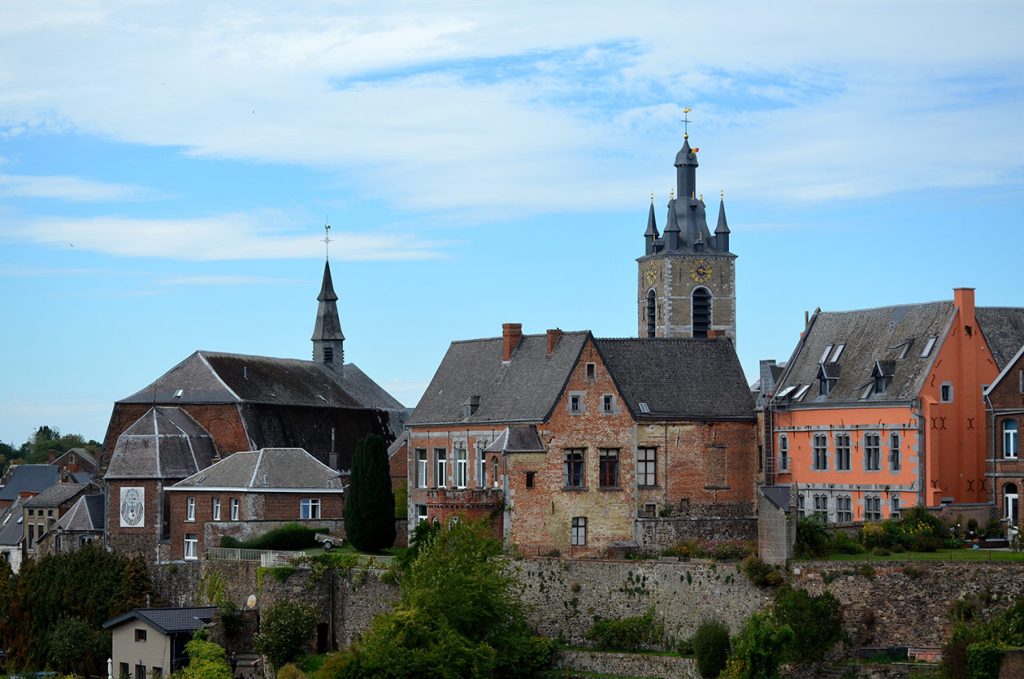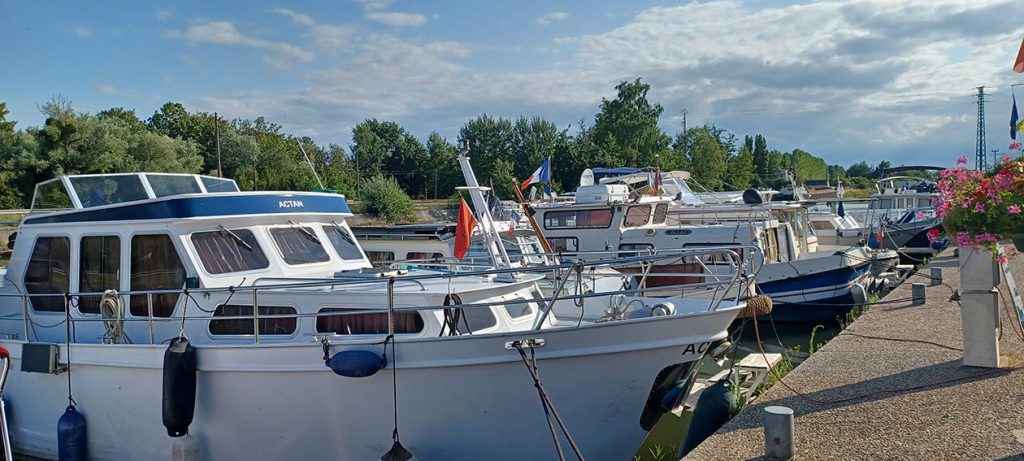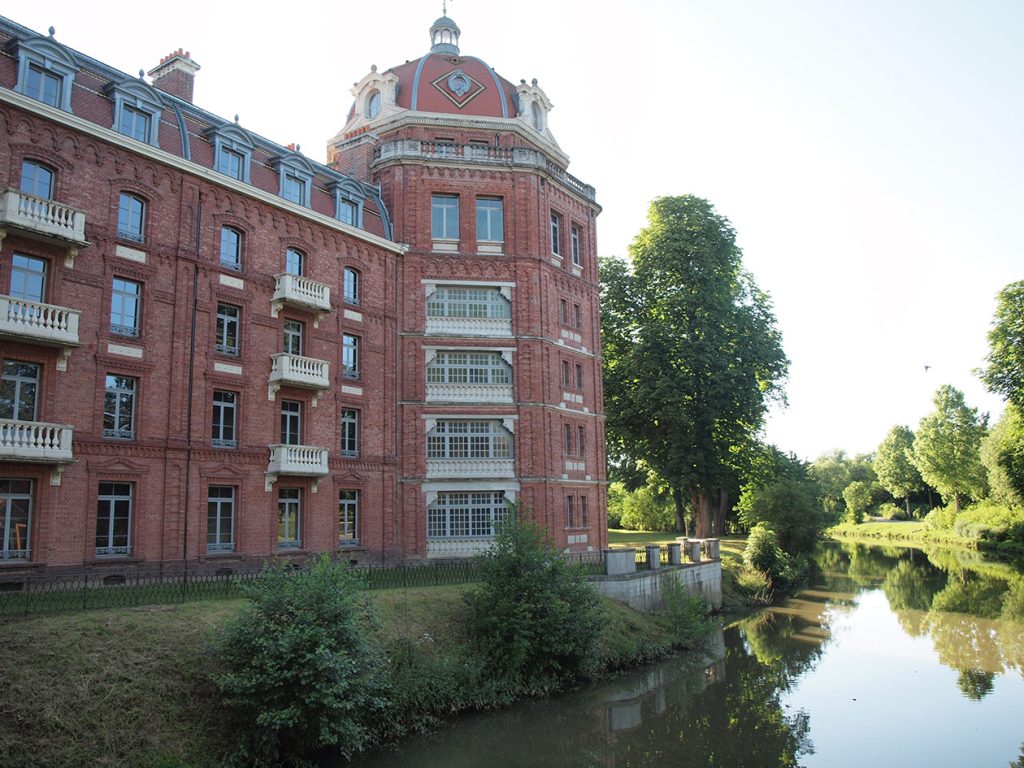Information about this territory
The association Sur les canaux du nord, dans le sillage de Robert Louis Stevenson (On the canals of the north, in the wake of Robert Louis Stevenson) brings together individuals, tourist and cultural operators and local authorities located on the route travelled in 1876.
Country of territory
France and Belgium
Contact of this territory
Sur les canaux du nord, dans le sillage de Robert Louis Stevenson
Mairie de Pont sur Sambre
30 rue de Quartes
59138 PONT SUR SAMBRE
surlescanauxdunord.stevenson@gmail.com
From Anvers to Pontoise
Like Robert Louis Stevenson, discover varied landscapes and endearing inhabitants from Antwerp in Belgium to Pontoise, at the slow pace of pleasure boats and lock crossings. The route can be travelled in whole or in part, on the water or by bike lanes and towpaths. The Canal de la Sambre à l’Oise (215 km in Belgium and France) can be used by river tourists.
And for thrill seekers as well as for families, the Oise River can be taken down by canoe…
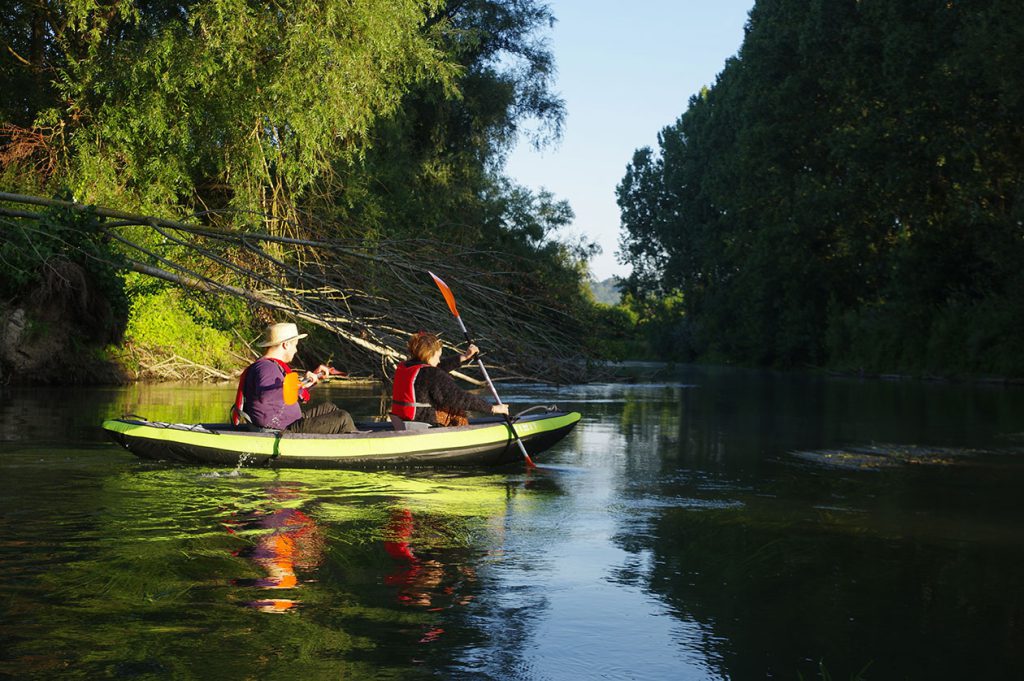
Hiking
Purists will be keen to faithfully relive the adventures on the canals and rivers of the north: if necessary, many canoe-kayak clubs rent boats, and accompany families. Since 2021, navigation has been open again on the Canal from the Sambre to the Oise with a special welcome at river stops.
Many courses are dedicated to cyclists; one of them, on the Scandinavian (Eurobike3), is called Route Stevenson. In Belgium, the RAVeL network allows you to follow the EuroVélo3 or create your customised itinerary.
Many mobile phone applications are available to guide and distract hikers, such as Baladavesnois, Louison Pignon, the Oise and its canals, which include references to Stevenson.
Culture
Several museums punctuate Stevenson’s journey: the Strépy Thieu Elevator Museum, the Maison de pays in Pont sur Sambre, the Maison de Marie-Jeanne and its space dedicated to Stevenson, the Cité des bateliers and its activities inspired by the author.
Literature
You can visit the Owen House in the Forest of Mormal on walks. This is where the famous Scottish poet, a soldier in the First World War, wrote the last letter to his mother in November 1918 before he was killed on the Sambre à l’Oise canal.
Heritage
Following in the footsteps of Robert Louis Stevenson and Walter Simpson, there are plenty of places of interest to visit in Belgium, including the canal in the historic centre of Thieu, the Aulne Abbey and the town of Thuin, with its hanging gardens and belfry.
Robert Louis Stevenson travelled through many fortified towns in his time. In France, for example, the ramparts of Maubeuge, built by Vauban, are still visible and house a zoo.
The river port at Hautmont welcomes many yachtsmen and is a starting point for a variety of walks.
Passing to Pont sur Sambre, you will not be able to miss the watchtower that impressed Stevenson.
The Familistère in Guise is well worth a visit: Jean Baptiste Godin, a contemporary of Stevenson, had this social palace built on the banks of the Oise to live in and house the workers at his foundry. He was inspired by the socialist ideas of Charles Fourier.
In his book, Stevenson mentions the fortified church of Macquigny, one of the many fortified churches in the Thiérache region that can be seen along the Eurovélo3. Formerly the headquarters of the Royal Artillery School in La Fère, the barracks have housed the statue of the Artilleryman since 1974, which previously adorned the Pont de l’Alma in Paris. The towers of the château de Coucy, the Cathedral of Noyon are vestiges of the region’s medieval past.
Link with Robert Louis Stevenson
In 1876, aged 26, Robert Louis Stevenson travelled the canals and rivers of Antwerp, Belgium, in Pontoise, France with his friend Sir Walter Simpson.
He draws from this trip his first book: An Inland voyage, whose characters are the Arethuse and Cigarette, names of the two boats of the young travellers.
This story paints a striking portrait of the places, landscapes and inhabitants of these regions at the end of the 19th century.
